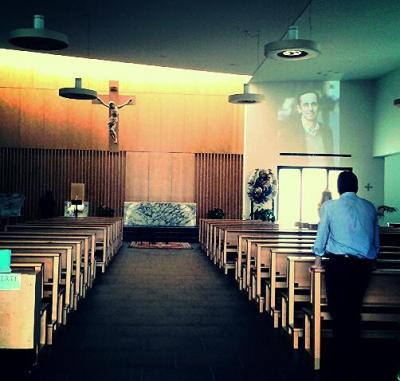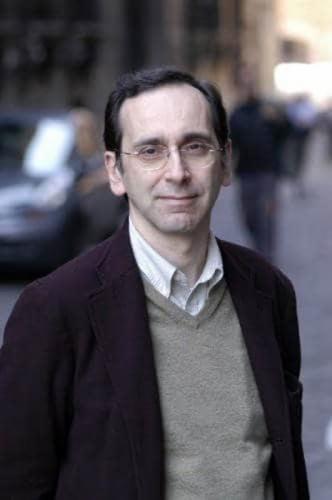Obituary:Francesco Garofalo, Architect, professor, essayist

ROME -- University professor, essayist and renowned architect, Francesco Garofalo’s untimely death marks a sad loss for the architectural world, especially in Rome, and for Italy in general. Prof. Garofalo battled against what he saw as the isolation and underdevelopment of architecture as a modern discipline in Italy. He sought to act as a bridge between his home country and other international cultures, especially that of the UK, Canada and the United States, Switzerland and Japan. This was concretized in ‘Learning from Cities,’ a book that he undertook to edit in 2008.
Pippo Corra, a friend and colleague of the architect, spoke of Prof. Garofalo’s “always positive and stimulating presence,” for those who knew him personally. Francesco was “a bundle of curiosity and impatient desire for public engagement, and it was precisely this which held together his various roles as an active citizen, an architect, an intellectual, a dedicated teacher and a virtuoso,” Corra said.
Prof. Garofalo was curator of the 2008 Italian Pavilion at the Venice Biennale, whose president Paolo Baratta paid tribute to Prof. Garofalo for his “creative intelligence and brilliant personal and professional qualities.”
Francesco Garofalo was born in Ancona and graduated from La Sapienza University in Rome, completing his studies in New York after spending time in London and Paris. He went on to have many teaching roles alongside his prestigious architectural projects -- tutor in design at the university of Pescara, becoming Professor of architectural and urban composition at the University of Chieti. Earlier he taught at the Architectural University Institute of Venice, and in various Canadian and American universities’ annexe faculties in Rome.
As a young man he was a passionate anti-Fascist and supporter of the Eurocommunist PCI, together with his close university friend, Francesco Ghio, another brilliant architect of immense personal charm who died two years ago. In the 1980s the two Francescos sometimes would be seen emerging from the Ghio studio in the Via delle Tre Madonne, wielding baseball bats to protect a nearby mechanic’s workship where their comrades were being attacked by neo-Fascist thugs.
Together with his Canadian wife Sharon Yoshie Miura, he was more recently the co-owner and co-founder of the Garofalo-Miura Studio, which focused on Italian 20th Century architecture and residential architectural design.
He designed with Sharon two important Jubilee Churches -- Santa Maria Josefa and Santa Maria delle Grazie at Casal Boccone, and collaborated in the design process for Rome’s impressive Maxxi museum for 21st Century art and the extension of the Gnam -- Rome’s national gallery for modern and contemporary art. They were also well-known in the anglo-Saxon diplomatic world after they designed an extension to the British School in Valle Giulia.
Like his father, Francesco was a renaissance man with a huge range of cultural knowledge. His generous hospitality to friends from Britain, France and elsewhere was limitless and he was always quick to come to the defence of a friend in a tight corner, be it a colleague or an inebriated journalist. He is survived by his wife and their son.
As Ciorra said “It is not easy to fight for quality and progressiveness in Rome’s architectural scene; now it will be even harder.”
Francesco Garofalo
Born: May 9, 1956
Died: August 16, 2016.
jp-nkd



